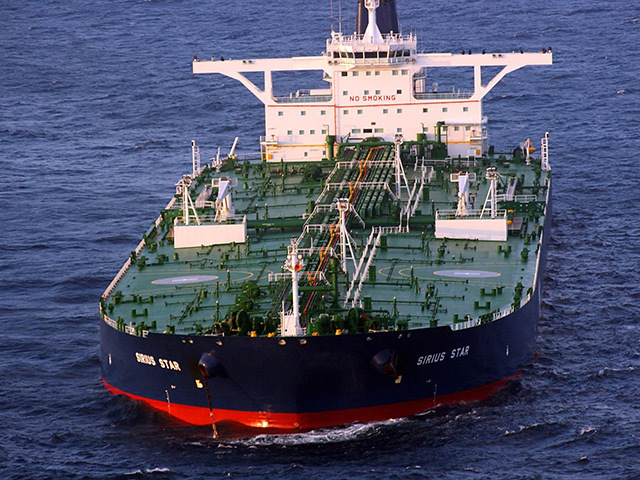
Vitol Group BV, the trader that shipped the first cargo of U.S. crude after export restrictions ended in late 2015, predicts the country’s oil exports will grow “a lot more” because of rising production in Texas.
U.S. crude shipments briefly surged to a record 1.21 million barrels a day in mid-February, up from 32,000 in 2010, when most of the country’s production couldn’t be sold overseas because of a 40-year-old ban.
“We will see a lot more growth in U.S. crude exports,” Mike Loya, the head of Vitol in the Americas, said in an interview in Houston.
Loya, a 25-year Vitol veteran, said that oil production in the Permian shale, which extends from western Texas into southeast New Mexico, will rise by 600,000 to 700,000 barrels a day in the year through December.
“A lot of that is going to be exported,” he said.
The export boom is redrawing the world’s energy map, with U.S. crude reaching customers from Venezuela to Israel and from China to Italy, according to government data. In addition to Vitol, major oil companies including BP Plc and Exxon Mobil Corp. and traders such as Trafigura Group and Mercuria Energy Group are also shipping U.S. crude overseas.
Vitol shipped the first U.S. crude since the ban was lifted 15 months ago, with a small cargo aboard the Theo T tanker. Dozens of other cargoes have followed. Loya said that Asia increasingly will be a destination for U.S. crude after an initial expansion into the Caribbean, Latin America and Europe.
Cheap Transport
Cheap pipeline and railway fees to move crude to ports along the U.S. Gulf of Mexico from fields in Texas and Oklahoma are helping drive the rise in exports. U.S. oil prices have also been trading at a discount to Brent crude, allowing traders to move oil from one shore of the Atlantic Ocean to another at a profit.
The exports, if sustained, may relieve pressure on storage capacity in the U.S. after stockpiles last week rose to the highest level in official data going back to 1930. Crude inventories reached 528.4 million barrels last week, up from 490.8 million a year ago, according to U.S. Energy Information Administration data released Wednesday.
Vitol shifted its strategy around the Permian last year when it sold its West Texas crude system, which includes a 2 million-barrel storage terminal and gathering pipelines, to Sunoco Logistics Partners LP for $760 million. The terminal was built to allow Vitol to collect key market information in the earlier development days of the basin, Loya said. Now, Vitol can secure enough market intelligence around the Permian without owning a terminal.
Vitol is the world’s largest independent oil trading house, with main offices in London, Houston, Singapore and Geneva. It handles more than 6 million barrels a day of crude and refined products, enough to meet the import needs of Germany, France and Italy together.
Recommended for you
